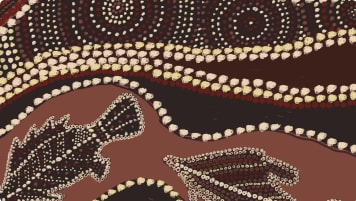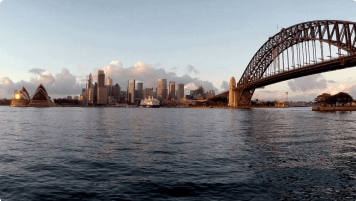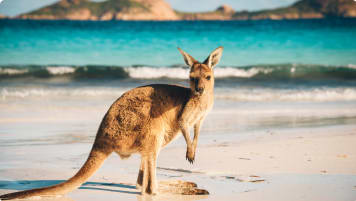Aboriginal Ochre Trade
Article for small group travellers to learn about ochre in the historic Aboriginal community of outback Australia. Mature and senior travellers explore the deep history and trading routes of Aboriginal History.
11 May 21 · 9 mins read
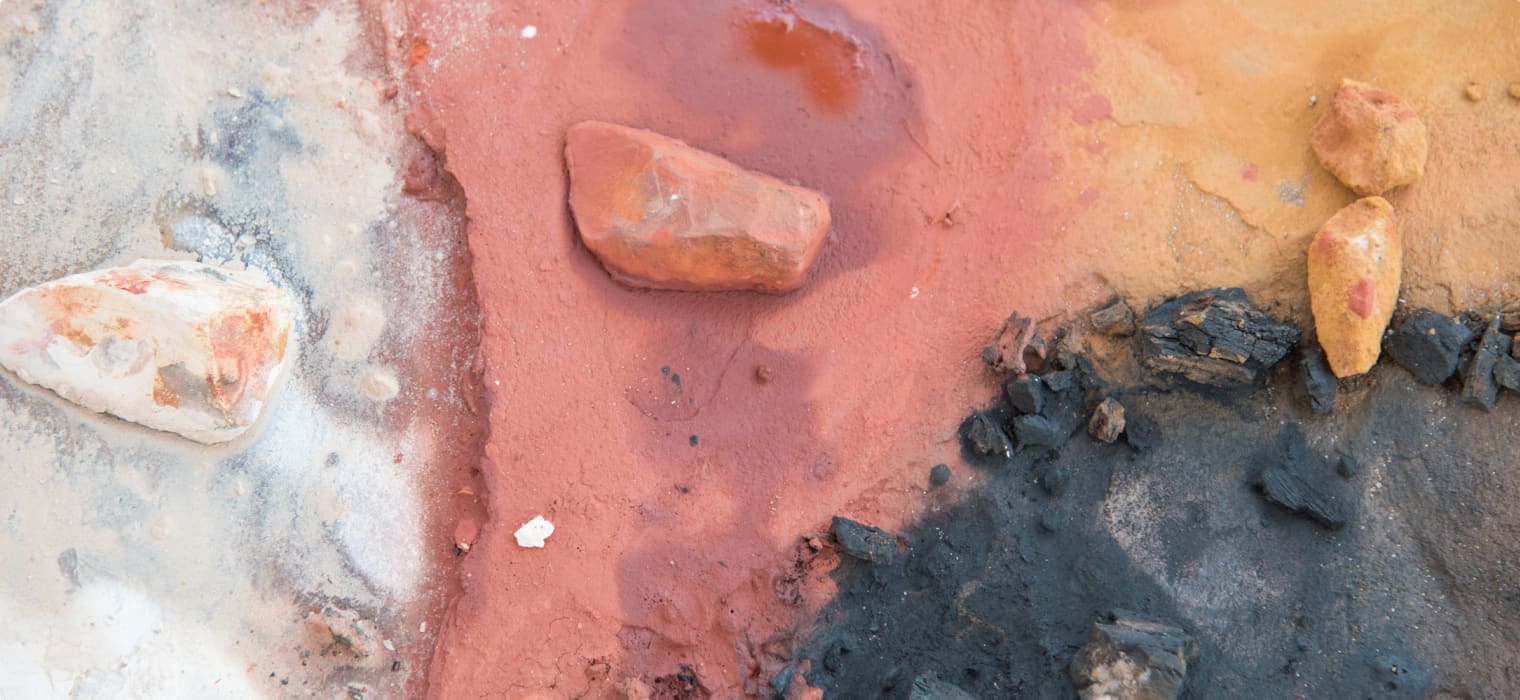
Ancient Aboriginal Ochre Trade
By Marco Stojanovik
The natural clay ochre was one of the most important and valuable trading items for Australian Aboriginal people. An iron oxide pigment, it is found in a range of colours, ranging from white, through yellow to red and brown. Ochre miners would crush the soft ochre rock into a powder and then mix it into a paste, usually with water, but sometimes saliva or the fat or blood of fish, emu, possum or goanna (Flood 1983: 272). The paste was then utilised for a variety of artistic and decorative purposes, including to adorn the body during corroborees and spiritual ceremonies, decorate wooden and stone implements, in rock art, and even as medicine (Paterson & Lampert 1985: 1).
Its use is particularly ancient as demonstrated by a number of major archaeological sites. Finds of red ochre at Keniff Cave in Queensland date back to the earliest occupation some 19,000 years ago, with similar ages suggested at other diggings including Miriwun in the Kimberley, Arnhem Land, and Cloggs Cave in Victoria (Mulvaney in Peterson, 1975: 155). Perhaps the most impressive evidence of its ancient use, however, comes from the Lake Mungo site in the Willandra Lakes area of western New South Wales. Here a 40,000 year ritual burial, known as Mungo Man, was found covered in over two kilograms of red ochre.
The ochre at the burial site had been extracted and brought in from mines over 200 kilometres away (Griffiths, 131). This was not unusual in ancient Australia, with ochre of different colours, textures and qualities traded regularly between clan groups, who would travel thousands of kilometres across the country along Aboriginal trading routes. The deposits where the best ochre was mined, such as the Yarrakina at Parachilna in the Flinders Ranges in South Australia and Wilgie Mia in the Murchison region of Western Australia, were busy trade centres with people travelling in from far away for the highly prized product.
This article explores the uses, trade, and spiritual significance of ochre for Australian Aboriginals as practical knowledge for a number of Odyssey Traveller small group tours in Australia. It is part of a continuing series of pieces on Aboriginal art, culture, and settlement, and the ancient landscapes of Australia. An appreciation of Indigenous activity is recognised as an important facet of learning in our tours, a part of our commitment to understanding and sharing our knowledge of the history, culture, and landscapes of Australia. Our tours are for both the mature and senior traveller, as part of a couple or as a solo traveller.
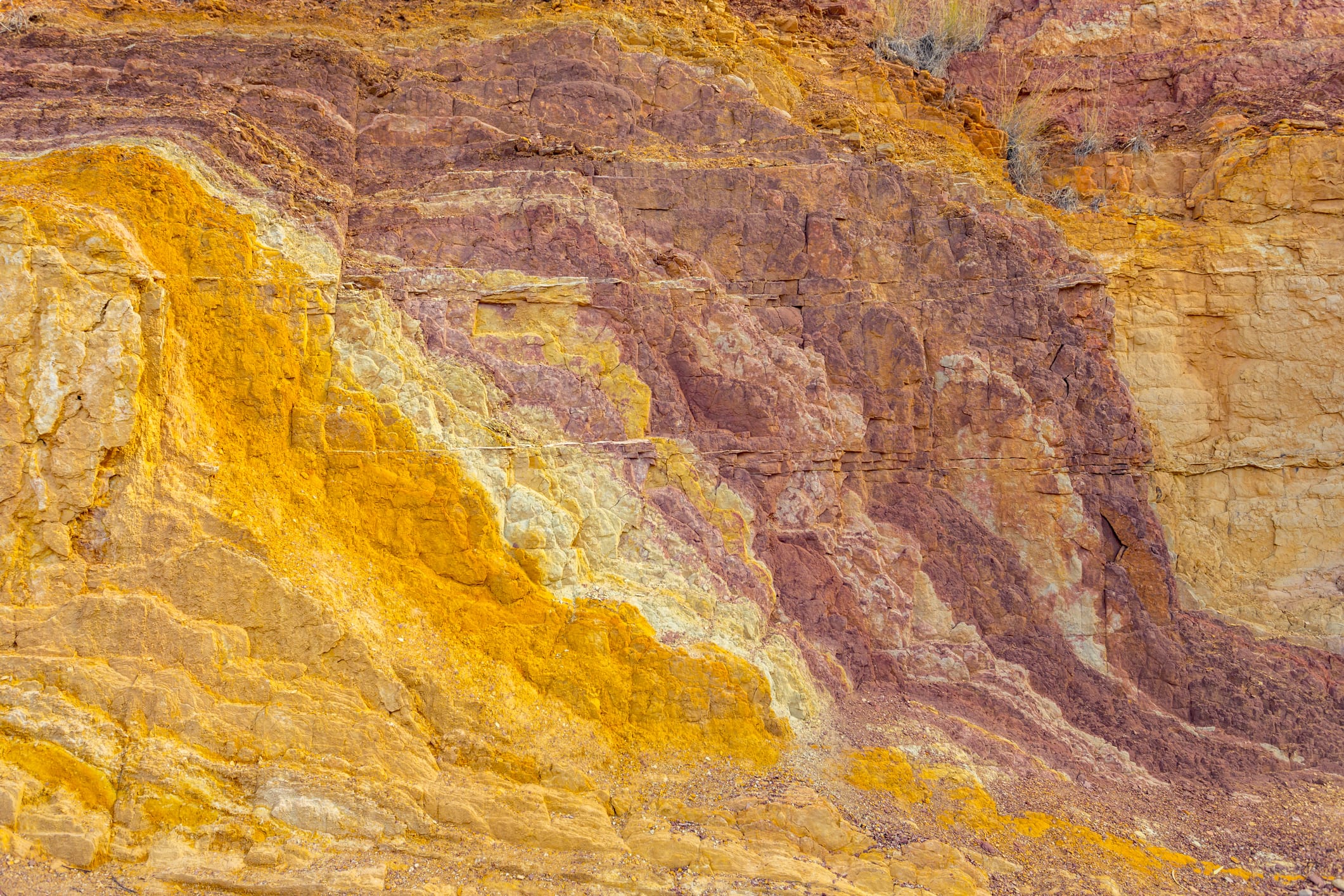
Uses of Ochre
Ochre was an essential part of everyday life for all Aboriginal nations across Australia, with a wide variety of uses. The ochre paste was used for cosmetic and bodily adornment, to decorate ritual objects and hunting tools, and in cave art. Plus the pigment was central to the preparation of many medicines and remedies.
The white and yellow types of ochre were mainly utilised for decoration and cosmetic purposes. The ochre was mixed with animal fat and smeared with a finger or feather over all parts of the body, including the head and hair. This was commonly also done with ash and charcoal to decorate the body during criminal activities. Ochre was used similarly in burial ceremonies, applied directly on the body or even scattered over it during the ceremony.
It was also often used mixed with fat to decorate ritual objects used in ceremonies and hunting tools. Many items of wood and stone, including some shields, boomerangs and clubs were literally coated with the pigment. Ochre helped to condition and preserve the wood and was believed to imbue the artefacts with spiritual powers for hunting and ceremonial purposes.
The natural earth pigment ochre was also used extensively throughout Aboriginal Australia for rock art and is considered to be the earliest known paint form used by humans. The pigment was used dry or mixed in different ways – with blood, fat or water, depending on the particular art form – to paint images that often have symbolic meaning.
Ochre paintings on cave walls near Laura on the northern tip of Queensland, as well as images of rain spirit figures in the far north west of Australia, date back 30,000 years. And other sites can be found in South Australia’s Flinders Ranges, around Broken Hill–Lake Mungo-Mootwingee in NSW and along the Murray river, in Victoria’s Grampians, in the southern and northern tablelands of NSW, around Sydney, in the Blue Mountains and the Shoalhaven area of NSW, and in many parts of Tasmania.
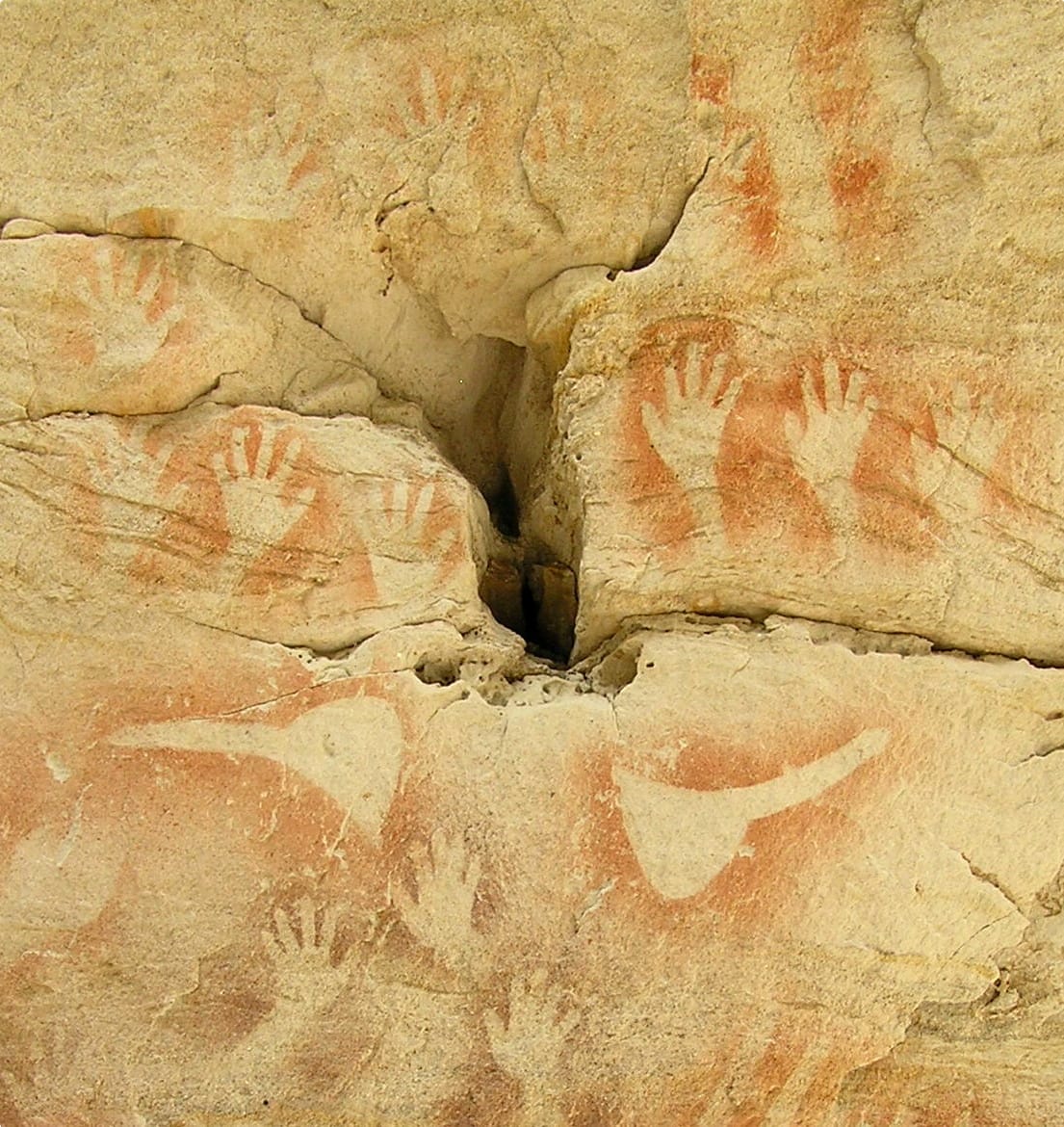
As a medicine, ochre was mixed with fat or grease to make an ointment to treat bruises, muscle sprains, aches associated with arthritis, and a range of skin conditions. It could also be applied to wounds as a drying agent, either sprinkled on dry or mixed with water or saliva and sprayed on. Rolled together with eucalyptus leaves it was used as a medication for head and chest colds. Singing was considered important when applying these bush medicines to enhance the healing powers.
It further protected against biting insects, such as mosquitoes, fleas, and ticks. Mosquitos particularly are attracted by odours emitted by humans such as carbon dioxide and perspiration. Applying ochre acted as a protective shield that concealed bodily odours. This ability to mask human scent was also advantageous for hunters stalking large game, such as kangaroo and emu.
Ochre Trade
Ochre deposits are common throughout the continent, but the most highly valued in Aboriginal mythology came from only a few ochre sites connected to the final resting place of a significant totem or ancestral being (Kerwin 2010: 101; Patterson & Lampert 1985: 1). These were differentiated by the colour of the ochre, each holding a geographical and spiritual significance. The white ochre from the Lachlan River, for example, was kept by the giant kangaroos of the creation period, Wirroowaa; and yellow ochre was traded from the Yirritja moiety group of north-eastern Arnhem Land.
The most valuable pigment in ancient Aboriginal Australia though was red ochre, with pieces from deposits created by ancestral spirits essential for use in rituals amongst tribal groups across the continent (Flood 1983: 272). As such, long expeditions were commonly made to these sites, functioning as trade centres. These quests have been likened to pilgrimage-like expeditions to the resting place of a totemic ancestor.
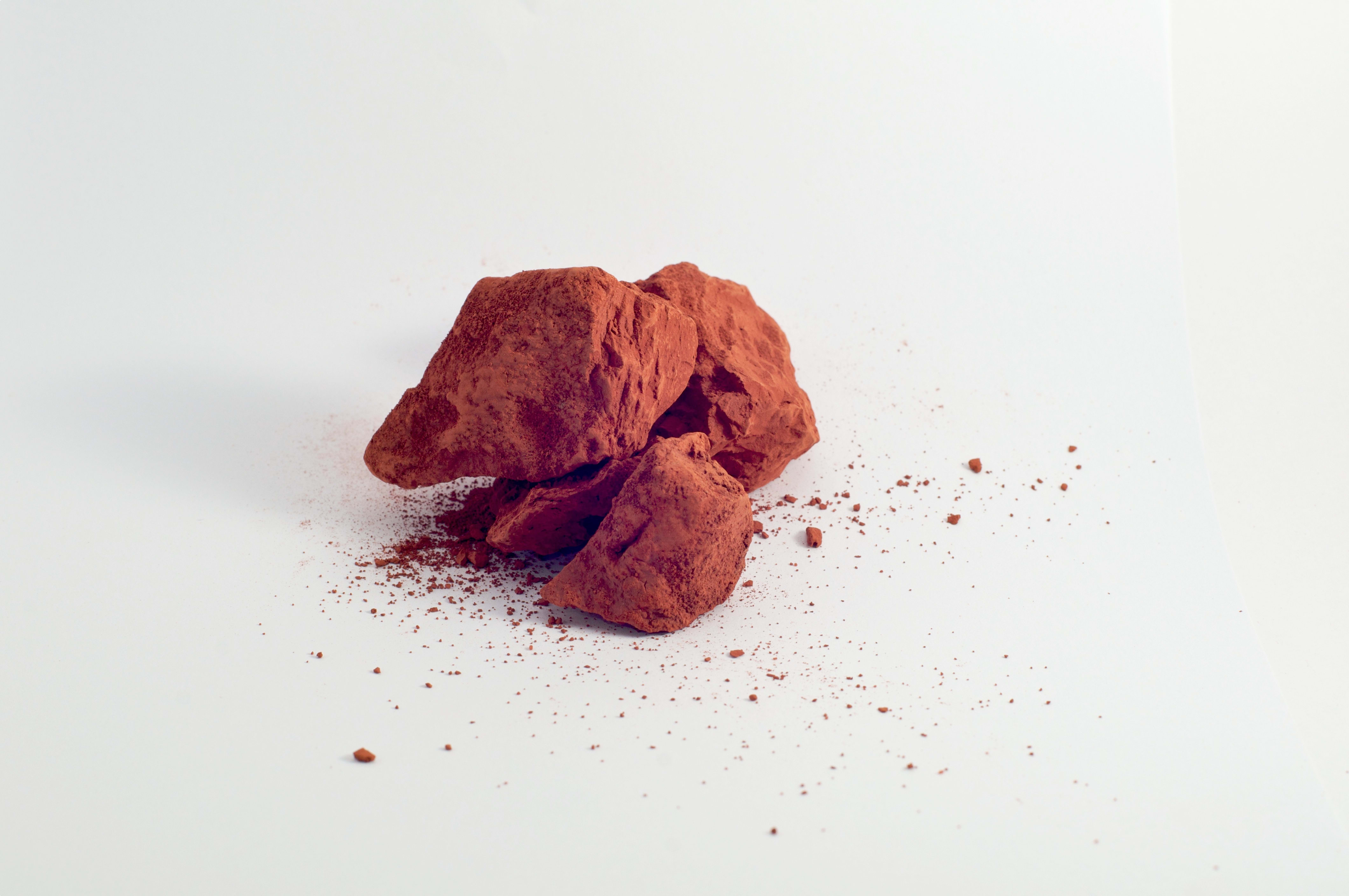
The Yarrakina red ochre mine at Parachilna in the northern Flinders Ranges is the most notable example, attracting traders from over a wide region of central Australia for its spiritual significance. Here, the red ochre is said to be the blood of a sacred emu, which was killed by Marindi (Mindari) the dog (Horne & Aiston 1924: 128-30; Kerwin 2010: 101-2). Although plenty of ochre could be obtained at deposits hundreds of kilometres nearer to various Aboriginal groups, this was considered the proper ochre, treasured for ceremonial purposes, believed to cure, protect and strengthen.
The Dieri speakers, who lived 500 kilometres to the north of Yarrakina, for example, regularly sent 70-80 men (with reports of even up to 300 at certain times) through hostile territory in order to barter for the eagerly sought-after ochre (Paterson & Lampert 1985: 1). They then used the ochre not only for their own ritual purposes, but also to trade with people further to the north from whom they obtained the bush tobacco pituri (a major commodity).
Further expeditions were made to the Yarrakina mine to obtain the sacred ochre all the way from western Queensland, the Simpson Desert, New South Wales, and the Northern Territory. The journeys were conducted following an intricate network of Songlines and river systems. Aboriginal groups travelling south from Cloncurry and the Gulf of Carpentaria, for example, exchanged baler shells, stone axes, shields, and pituri for the ochre, while other groups from NSW exchanged light spear shafts. Boomerangs, flints, down feathers used in ceremonies, and some bush foods were also commonly exchanged.
Wilgie Mia Ochre Mine
Other fine quality ochre deposits were spread as far apart as Red Hill in south-eastern Australia, the Western MacDonnell Ranges in Central Australia, Mount Roland in Tasmania, Lyndhurst in South Australia, and Wilgie Mia in the Murchison region of Western Australia.
The ochre at Wilgie Mia was of particularly high spiritual significance and has been quarried on a grand scale. This is a most remarkable mine, with open cut excavations between 15 and 30 metres in width and up to 20 metres deep, from which numerous small caves and galleries branch off.
It is estimated some 50,000 tonnes of red and yellow ochre was mined here by early Aboriginals. Red and yellow ochre was excavated from the mine by men using heavy stone mauls and fire-hardened wooden wedged up to half a metre long (Flood 1983: 272). Pole scaffolding and wooden platforms were erected for multiple Aboriginal people to work at different heights in the rock face at the same time. These techniques were unique to Wilgie Mia amongst traditional Aboriginal ochre mines.
Wilgie Mia is considered ‘a place of fabulous wealth’ to Aboriginals in the west, with ochre obtained from here seen as an extremely valuable and spiritual item (Flood 1983: 272-3). In the local Wajarri people’s tradition, the ochre is said to have been formed by the death of a great kangaroo, speared by the Spirit Being called Mondong. In an agonizing leap, the kangaroo landed at what is now Wilgie Mia, spilling the red ochre his blood, the yellow his river, and green his gall. In his final leap the kangaroo landed at another hill, called Little Wilgie, which marks his grave.
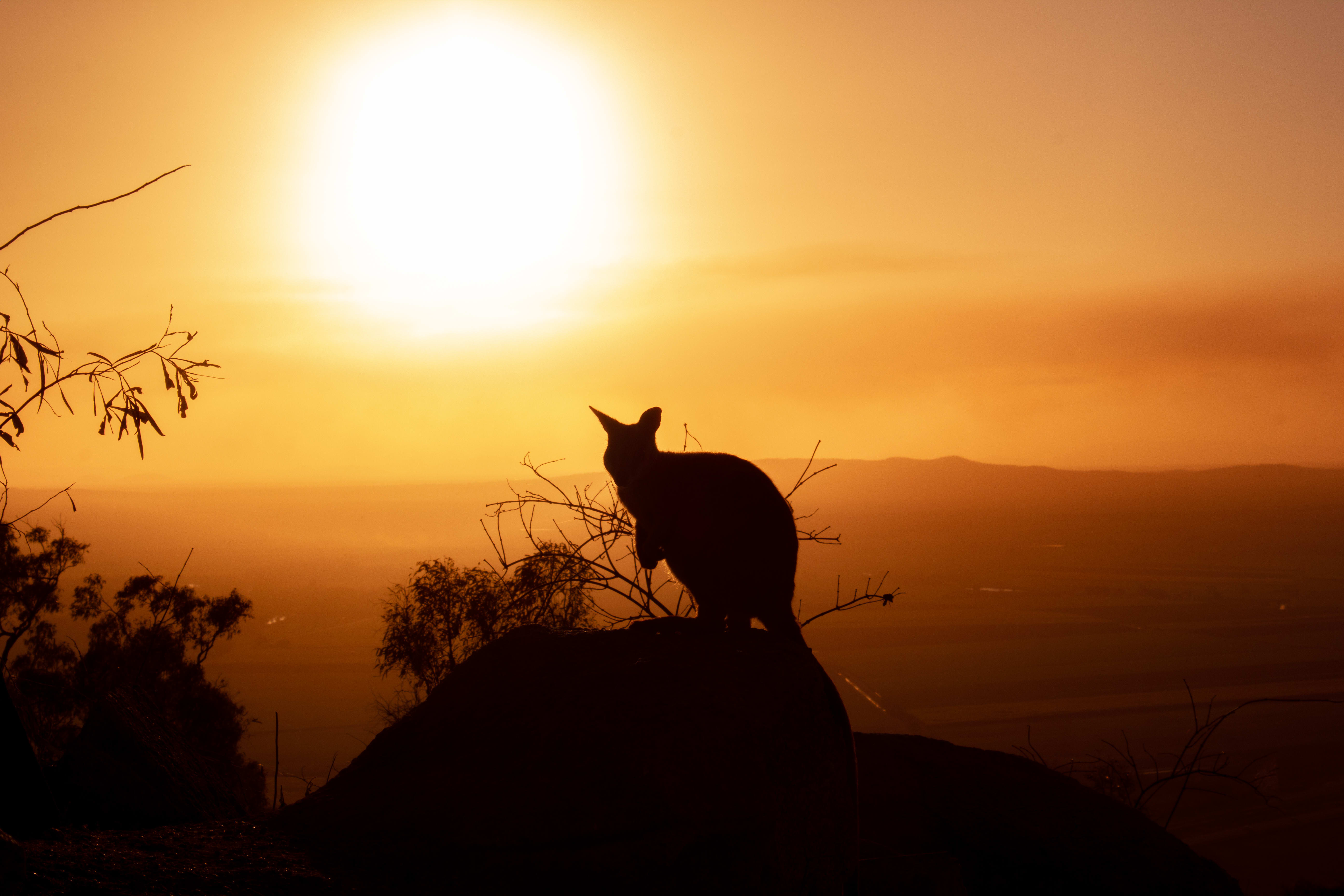
The intensely deep red coloured ochre was particularly sought after over a huge area of Western Australia. Anecdotal evidence suggests that Noongar people from as far away as King George Sound and Experience, for example, travelled to Wilgie Mia to obtain this precious substance. Studies meanwhile have found that it was traded and transported to far flung destinations in other directions such as Cape York, the Kimberley, and to the desert tribes on the Nullarbor. In all, it is considered the most extensive pre-contact ochre network recorded in Australia.
In the period from 1965 to 1972 commercial European quarrying also took place here, almost obliterating the site. Since then, however, it has stood as an Aboriginal reserve and protected area. For the Wajarri people, the stories associated with Wilgia Mia and its creation remain an important part of tradition and ochre is still traded for use in traditional ceremonies including important Law ceremonies.
Tour of Aboriginal Trade Routes
Odyssey Traveller has drawn on ancient Aboriginal trading paths like the ochre routes in designing our tours of Australia. From our escorted tour of Aboriginal World Heritage Sites in Victoria, New South Wales and South Australia, to our tour of the spectacular scenery of Kakadu National Park, and even our Marvellous Melbourne tour, we take the time to learn about the ancient history of our destination, showing how the places we encounter were at the heart of pre-settlement Aboriginal lifeways.
Travellers with an interest in learning more about the Aboriginal heritage of Australia may want to check out our various outback Australia tours. These include visits to:
- Archaeological sites including the Madjedbebe rockshelter and the extensive collection of ancient Aboriginal rock art at Kakadu National Park as part of our tour of Kakadu and Darwin
- The ancient indigenous sites including Lake Mungo and the Budj Bim Cultural Landscape as part of our tour of the Southern States of Australia;
- The important cultural site of Wilpena Pound on our tour of the Flinders Ranges;
- The ancient rock art in the Kimberley, Western Australia;
- The Brewarrina Fish Traps in outback Queensland;
- Uluru and Kata Tjuta in the Northern territory.
Odyssey Traveller has been designing international tours for mature and senior travellers since 1983, with an emphasis on educational tours, designed to give you an in-depth experience of your travel destination. An Odyssey guided tour is not your typical Australia vacation – Great Barrier Reef, Sydney Harbour and iconic Uluru (Ayers Rock) – but a chance to get off the beaten path. On one Australia tour we explore stunning coastline on a trip around the Eyre Peninsula – better than Bondi Beach, Byron Bay or the Gold Coast, and without any of the crowds of the East Coast! Another small group tour sees us explore Adelaide and surrounds, making a day tour to beautiful Kangaroo Island. Or why not choose our tour of the Kimberley, on the remote north west coast, for your next Australia trip?
Our tours are really small group tours, generally including 6-12 travellers accompanied by an expert tour operator/tour guide. The tour package price generally includes accommodation, transport in a comfortable vehicle, access to attractions, and several meals, to give you the opportunity to get to know the rest of your small group tour passengers.
Articles about Australia published by Odyssey Traveller:
- The Kimberley: A Definitive Guide
- Uncovering the Ancient History of Aboriginal Australia
- Aboriginal Land Use in the Mallee
- Understanding Aboriginal Aquaculture
- Mallee and Mulga: Two Iconic and Typically Inland Australian Plant Communities (By Dr. Sandy Scott).
- The Australian Outback: A Definitive Guide
- The Eyre Peninsula: Australia’s Ocean Frontier
- Archaeological mysteries of Australia: How did a 12th century African coin reach Arnhem Land?
For all the articles Odyssey Traveller has published for mature aged and senior travellers, click through on this link.
External articles to assist you on your visit to Australia:
- John Mulvaney: ‘… these Aboriginal lines of travel‘
- Queensland Historical Atlas: Aboriginal dreaming paths and trading ways
- National Museum Australia: Trade with the Makasar
- Fish traps and stone houses: New archaeological insights into Gunditjmara use of the Budj Bim lava flow of southwest Victoria over the past 7000 years
- Isabel McBryde: Exchange in south eastern Australia
- Shells, not pearls, were the real prize in traditional Aboriginal culture
We acknowledge Aboriginal and Torres Strait Islander peoples as the First Australians and Traditional Custodians of the lands where we live, learn and work. We pay our respects to Elders past, present and emerging.
Related Tours

days
Jun, Jul, Sep, Feb, Mar +1Darwin and Kakadu small group tour
Visiting Northern Territory
Explore and learn as part of a small group tour for seniors on this package tour to Darwin and Kakadu National park, a UNESCO world heritage site. This program also visits Arnhem land. Our focus is on ecology, landscapes and history on this 14 day program in the far north of the Northern Territory.

days
Mar, May, Aug, Sep, Oct +2Small group tour of World Heritage sites and more in the Southern States of Australia
Visiting New South Wales, South Australia
Discover the World Heritage Sites of the southern states of Australia travelling in a small group tour. A journey of learning around the southern edges of the Murray Darling basin and up to the upper southern part of this complex river basin north of Mildura. We start and end in Adelaide, stopping in Broken Hill, Mungo National Park and other significant locations.

days
Feb, Mar, May, Jul, Sep +2Guided small group motorcycle tour of World Heritage sites in Victoria and South Australia
Visiting
Discover the World Heritage Sites of the southern states of Australia travelling in a small group tour of like minded motorcyclists. A journey of learning around the southern edges of the Murray Darling basin and up to the upper southern part of this complex river basin north of Mildura. We start and end in Adelaide, stopping in Broken Hill, Mungo National Park and other significant locations.

13 days
May, Jun, Jul, Aug, SepSmall group tour of Australia's Kimberley
Visiting Western Australia
Escorted small group tour of the Kimberley. We explore and visit The Bungles, Bell Gorge, Mitchell plateau & Halls Creek in the dry season. Amazing landscapes intertwined with Aboriginal communities resident more than 45,000 years.
From A$15,390 AUD
View Tour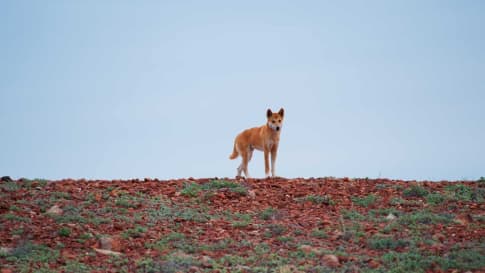
days
Apr, May, Jul, Aug, Oct +2Small group tour of Australia's Flinders ranges
Visiting South Australia
Escorted small group tour of the Flinders range in South Australia from Adelaide. Learn about Coober Pedy, Wilpena pound and water system of Lake Eyre as we explore and learn also about the history of the people who explored the Flinders.
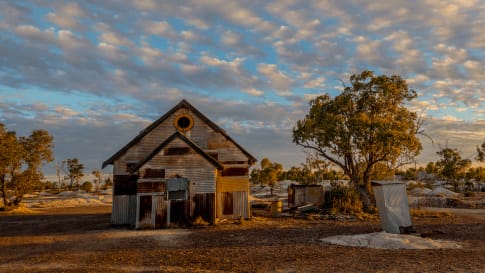
days
Mar, Apr, May, Jul, Aug +2Small group tour of outback Queensland
Visiting New South Wales, Queensland
To Dubbo and back, this small group tour takes you to learn about the Brewarrina fish traps, we travel high up into North Queensland to see the Dinosaurs of Winton and incredible Aboriginal rock art at Cathedral gorge and learn about opal mining and the history of Lightning ridge.

days
Apr, May, Jun, Jul, Aug +3Small group tour exploring Alice Springs and Uluru-Kata Tjuta National Park
Visiting Northern Territory
Explore and learn about historic Alice Springs, The MacDonnell ranges, and Uluru-Kata Tjuta National Park. This escorted small group tour for mature and senior travellers, travelling as a couple or solo travellers also visits the Hermannsburg Lutheran mission plus Henbury meteorite site learning about the Aboriginal outback and contemporary art.

days
Apr, Jun, Aug, Nov, Mar +2Exploring Alice Springs and Uluru-Kata Tjuta National park by Motorbike
Visiting
Explore on a Motorbike tour in the Outback and learn about historic Alice Springs, The MacDonnell ranges, and Uluru-Kata Tjuta national park. This escorted small group Motorbike tour for mature and senior travellers, travelling as a couple or solo travellers also visits the Hermannsburg Lutheran mission plus Henbury meteorite site learning about the Aboriginal outback and contemporary art.
